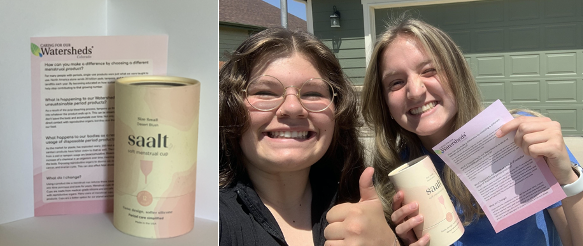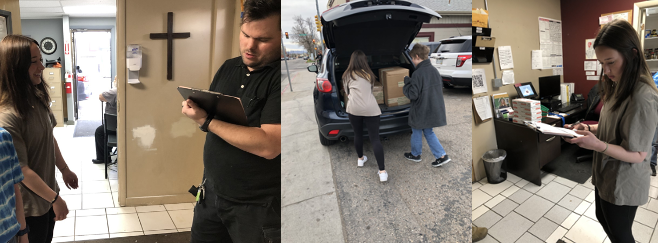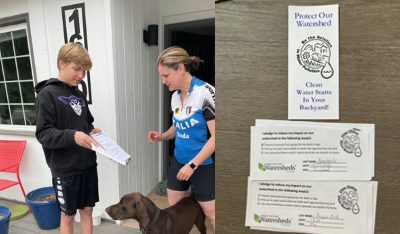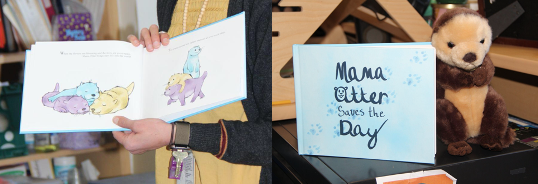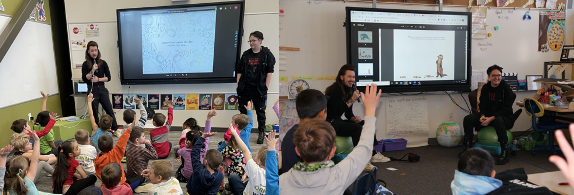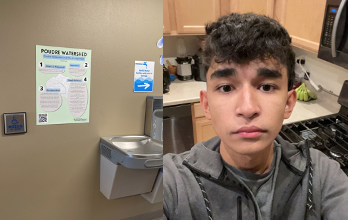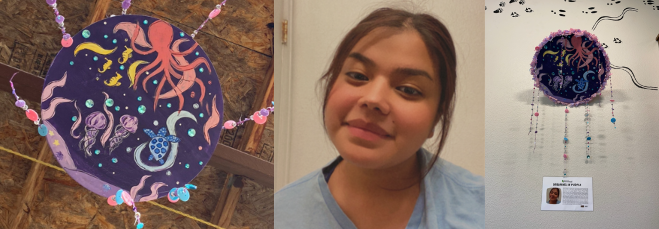Union Colony Prep, Greeley, Colorado, USA
Mariah Glasper and Lana Coron from Union Colony Prep wanted to decrease the amount of trash found in their watershed. They learned that wildlife can confuse trash for food and that trash can also be detrimental to the quality of water as some of the chemicals from plastic waste can leach into our water. To address this issue, they decided to focus on littering that originates from drivers. Mariah and Lana purchased 100 reusable trash bins that drivers can keep in their vehicles. They strategically selected these bins because of their convenience— they were collapsible and easy to store. These bins were distributed to peers and neighbors. With this project, they were able to contribute to Targets 6.3 and 12.5 of the Sustainable Development Goals.


